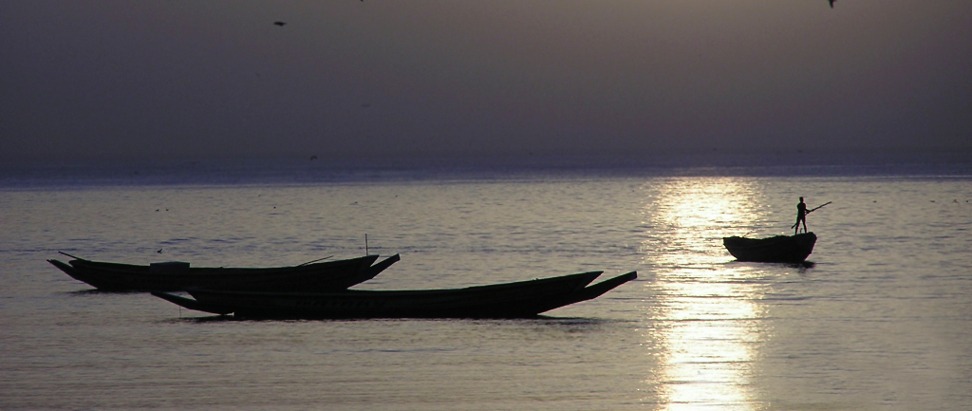The Serekunda Internet Exchange Point launched in Banjul, The Gambia on 12 July 2014
Gambia may be considered a small country (ranked 164th in the world) but in the Internet world, especially in Africa, I would like to elevate it much higher and place it among the emerging technology hubs of the region. Let me qualify my assertions. In the last four years, Gambia has been making bold steps, and in the right direction when it comes to Internet development. To start with in early 2012 Gambia hosted the prestigious Africa Internet Summit event preceded by a pre-Africa Network Operators Group (AfNOG) training in December 2011. Later in October 2012 Gambia hosted the African Union’s African Internet Exchange System (AXIS) Best Practice workshop on the establishment of an Internet Exchange Point (IXP), where more than 39 experts participated. In December of 2012 the Government of Gambia launched the Africa Coast to Europe (ACE) Submarine cable.
By early 2013, the ACE cable had been operationalized and Gambia was ready to host the AXIS Technical Aspects workshop, aimed at developing technical capacity building for engineers that would be involved in establishing and maintaining interconnections at the Serekunda Internet Exchange Point (SIXP).
The cumulative best practice and technical capacity workshops delivered in Gambia, between the end of 2011 and February 2013, trained at least 150 experts on Internet technologies and interconnection that would be necessary for them to fully realize the benefit of the submarine cable infrastructure and IXP. The importance of the training is that the technologies and concepts taught apply to both national and international connectivity from a policy, business and technical perspective.
Fast forward to 12 July 2014 and the Gambia has the newest and shiniest IXP in Africa – The Serekunda Internet Exchange Point (SIXP)! For those who do not know, building and setting up an IXP consists of 80% social engineering and 20% technical engineering.
From experience and in general, the 80% social engineering often involves acquiring a new set of social skills, discovering local champions, getting to know your industry stakeholders (Government, private sector, academia, etc) and meeting other people one never knew existed, developing new collaboration skills, and at the end (many moons and meetings later) congratulating each other over a job well done – with any skepticism left well hidden behind bright smiles and firm handshakes. There is always a sigh of relief and a sense of accomplishment when an IXP is established and, in almost all instances, the community is never the same henceforth often for the better.
The 20% technical engineering is by far the easier of the two challenges and requires planning and implementation of what has been learned. There is often a certain level of anxiety and unease at the same time for engineers who are implementing the interconnection technologies
(BGP) at the IXP for the first time. For the seasoned engineers it is a matter of curiosity of how much traffic there will be and if anything will break. It always helps to have someone with more experience than the local team. In the case of the Gambia, the African Union donated equipment and an external expert (Nick Hilliard from Ireland IXP) to help with the actual set-up and commissioning of the IXP. There is a significant level of engagement between the expert and the ISPs/Operators that will connect prior to the actual set-up. The engineers from these ISPs/Operators get another opportunity to learn more about their network, the interconnection technology, techniques and topology. In the process they get to agree on key issues of responsibility, and sharing and identifying volunteers to help with the day-to-day roles. The highlight of the technical engineering is when the first packet goes through the IXP from one network to another. This moment is special for every subsequent network that connects to the IXP and the reason why most IXPs make loud announcements whenever a new network joins.
After the 12th of July 2014, the Gambia was never the same again. It joined the other 25 operational IXPs in Africa and more than 300 globally. Looking at the map of African IXPs it feels like an oasis in the desert and a wake-up call to its neighbors. The multi-stakeholder process that led to the establishment of the IXP Gambia cannot go without mention. It is a grueling process with enviable outcomes. If it were easy many more countries would have IXPs by now. The multi-stakeholder process is a cornerstone of Internet development for any country. It is our hope that the stakeholders in the Gambia will build on this process as it is but just a beginning of an incredible journey that will see the country emerge into a technology hub. To my friends in the Gambia, congratulations, welcome to the IXP community and looking forward to growing with you in the days and years ahead.
We at the Internet Society would like to thank the Ministry of Information and Communication Infrastructure of The Gambia and the IXP committee for guiding and supporting the entire process of establishing the Serekunda Internet Exchange Point.
The Internet Society also extends its appreciation to AfriNIC/ISPA ZA (Nishal Goburdhan) and AfNOG/Uganda (Patrick Okui) who facilitated the capacity building workshops in The Gambia. We also recognize the support from Euro-IX and Ireland IXP (Nick Hilliard & team) in this project. The Internet is for everyone!
Get more information on the AXIS Project.
Af-IX: The African Internet Exchange Points Map
View Af-IX in a larger map

